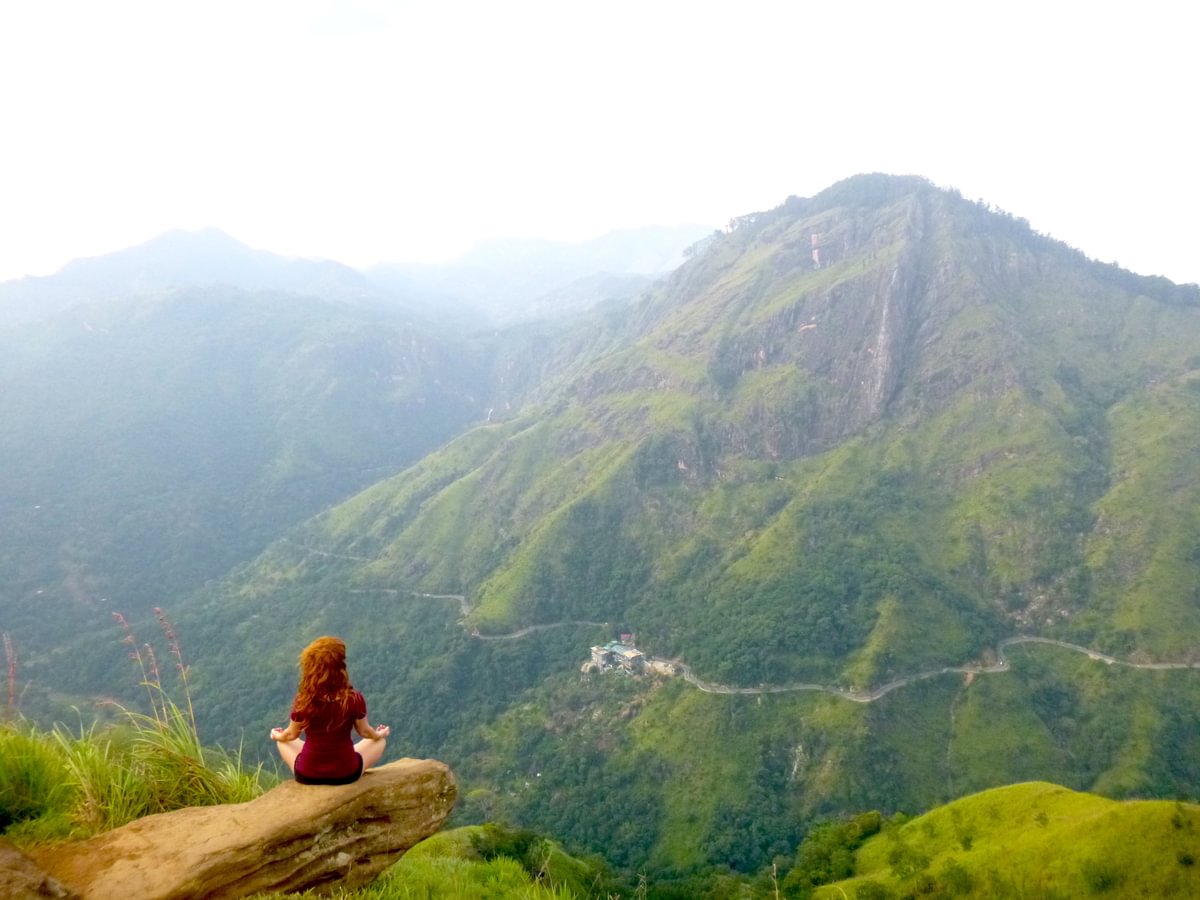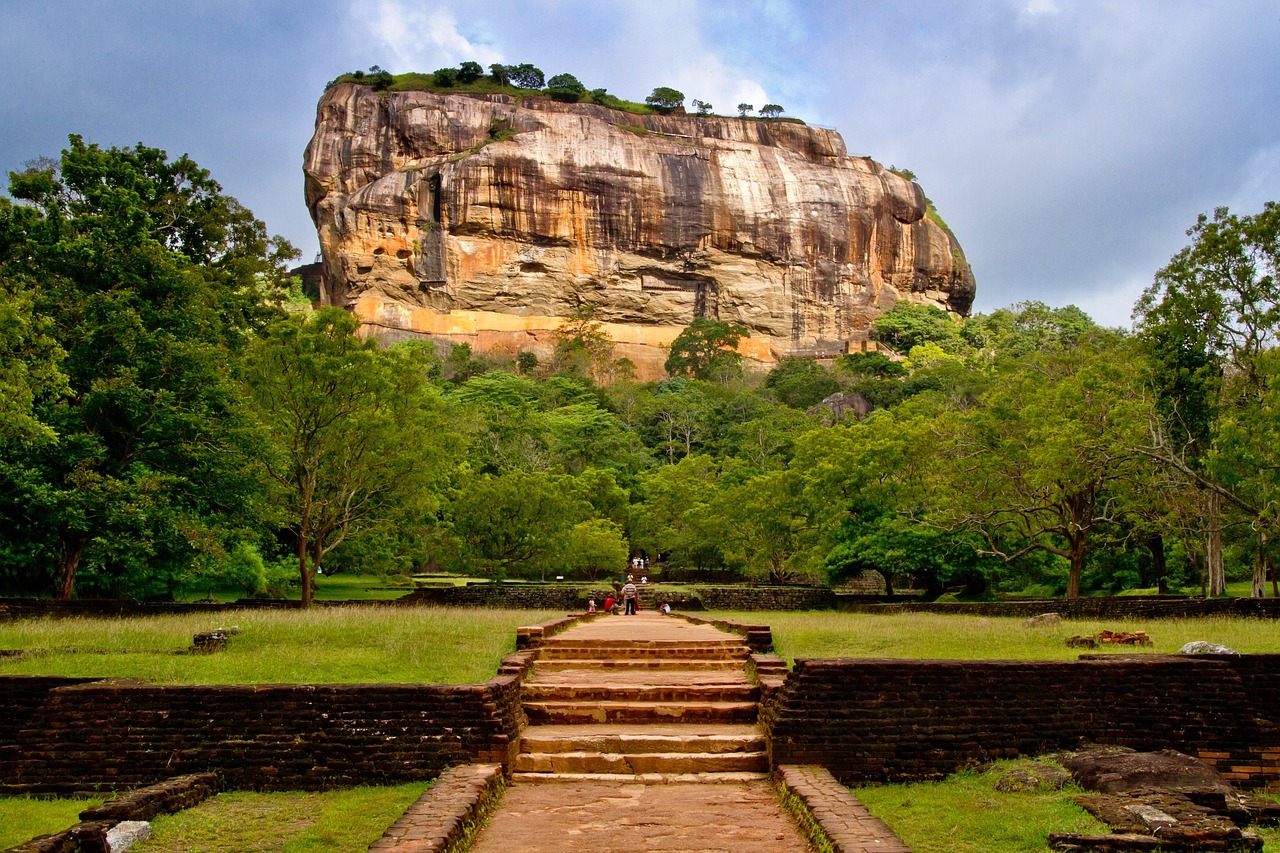
The largest island in South Asia, Sri Lanka was well-known to the world as far back as the 6th century BC. Its written history begins in the 4th century BC, when an Indian prince called Vijaya founded the Sinhalese monarchy, but archaeological evidence proves that the civilization of Sri Lanka is far older than that. Some excavations have even found human remains more than 35,000 years old. Between Vijaya’s reign in the 4th century BC and the 19th century AD, Sri Lanka was ruled by 181 monarchs, with the first kingdom of Sri Lanka named Anuradhapura and the last named Kandy. From the 15th century onwards, some coastal areas of the island were ruled by Europeans; first came the Portuguese, then the Dutch, and finally the British. In 1815, Sri Lanka became a British colony and was ruled by the British Empire until gaining independence in 1948.
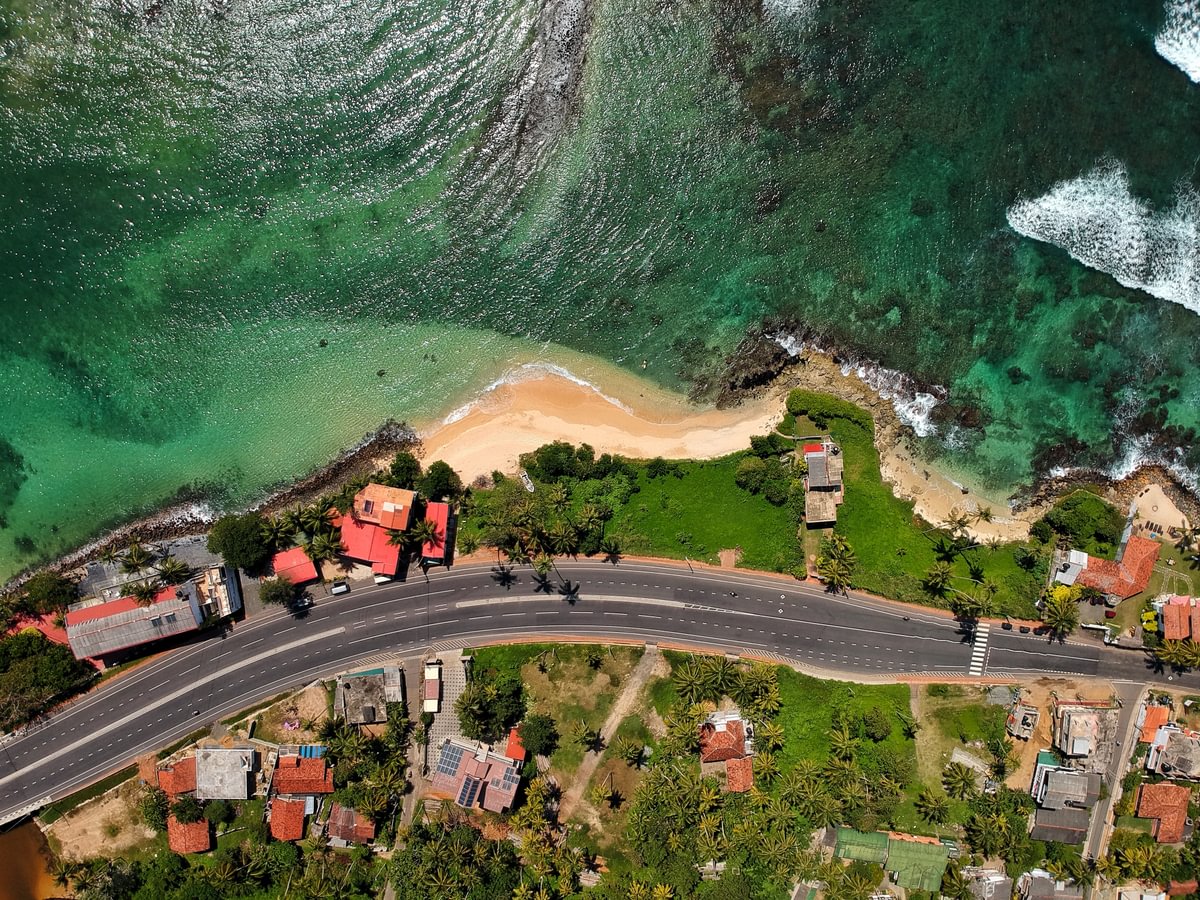
Situated at the heart of the Maritime Silk Road, Sri Lanka’s ports were always bustling with international sailors, traders, and tourists. Throughout its history, famous travellers such as Faxian, Marco Polo, Ibn Battuta, and Cosmas Indicopleustes have visited the island, introducing it to the world under different names. It has alternately been known as Lanka (one of its oldest names, mentioned in the Ramayana) and Thambapanni (the name after the First Indian migration in the 4th century BC), as well as Taproban by the Greeks, Singaldip, Serendip, and Saheelan Zeylan by the Portuguese, and Ceylon by the British.
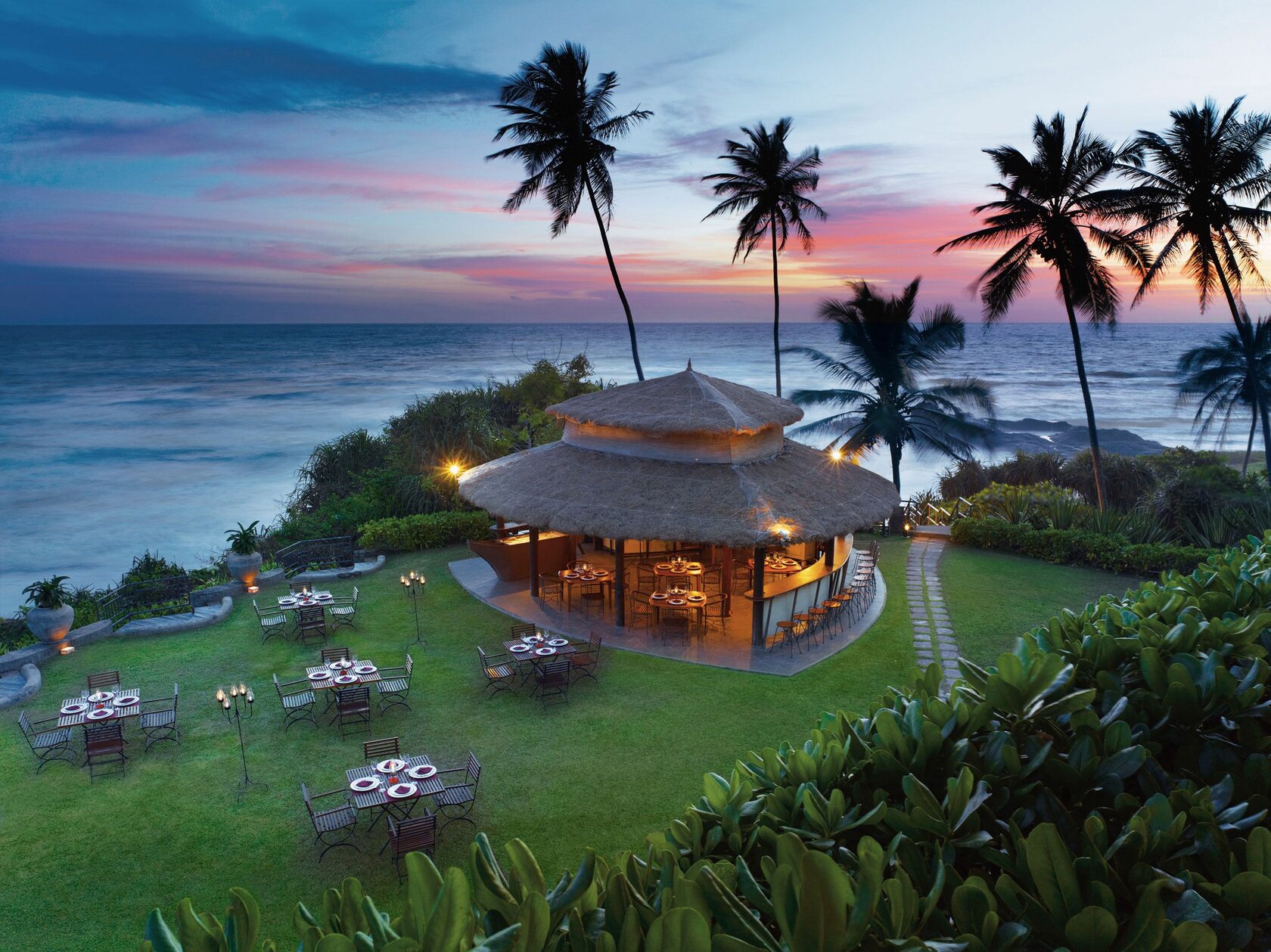
In Sri Lanka, the laws of space and time refuse to work. This small island, half the size of Greece, packs more diverse sights than many European countries: from endless beaches and a turquoise ocean, pristine rainforests and green mountains, to waterfalls, tea plantations, ancient temples and incredible cultural monuments. The good news is that the size of the island allows you to explore all of its riches — or at least a significant number of them — at the drop of a hat.
The most important thing is to plan your trip carefully.
We were helped with our trip by Maldiviana —the best tour operator for this region.
We had the pleasure of staying at Resplendent Ceylon’s three boutique hotels. They’re real gems, situated in the island’s most stunning locations: Tea Trails in the mountains, Cape Weligama on the south coast, and Wild Coast in Yala National Park. Moving from one to another, a convenient VIP transfer between the hotels allows you to see Sri Lanka’s main treasures.
Resplendent Ceylon is owned by the Fernando family, the Sri Lankan tea dynasty who founded the famous Dilmah Ceylon Tea Company. Building their resorts, they wanted to ensure the protection of their natural surroundings, while also offering guests a truly luxury holiday experience. They succeeded on both counts; theirs are the only hotels in Sri Lanka to be part of Relais & Chateaux, the worldwide association of luxury hotels.
Tea Trails: colonial chic and tea dreams
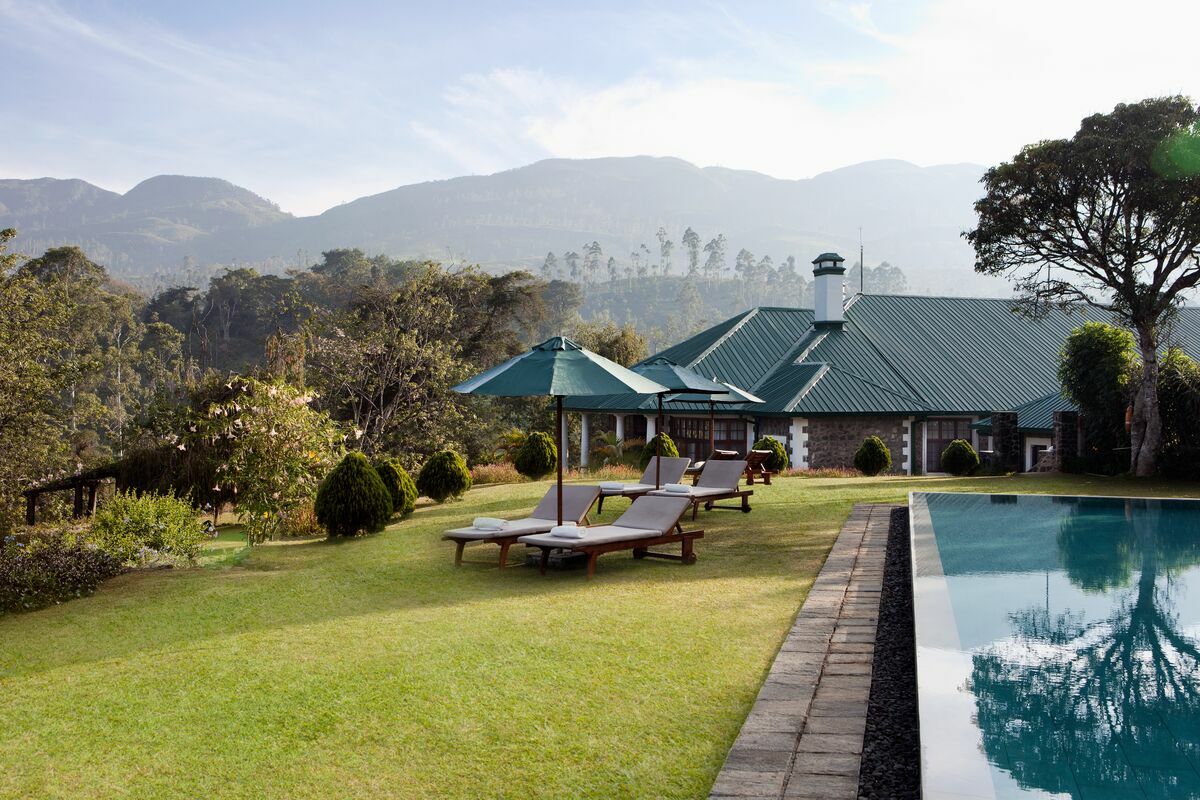
From the location to the concept, everything here strikes you with adoration. Tea Trails is the world's first tea plantation boutique hotel, tucked away in the green hills of the Sri Lankan highlands. Its five bungalows, built at the turn of the 19th and 20th centuries, previously belonged to wealthy tea planters. Now, the Fernando family have carefully restored them, turning them into real works of art. The rooms themselves exude history, decorated with paintings, candlesticks, clocks, and dishes over a century old.

At Tea Trails, seclusion and privacy are sacred. You can walk all day admiring the lake and tea fields, read in the fireplace room accompanied by the soft patter of rain, or relax in a heated open-air jacuzzi, gazing at the mountains, and not meet a soul. At the same time, it’s also a stronghold of traditional Sri Lankan hospitality. There are no clearly defined rules here: you can call in at any time, move from one bungalow to the next, and, in lieu of a menu, the chef prepares dishes according to guests’ wishes. The service is impeccable: a personal butler is on hand at all times to take care of your comfort.

Of course, Tea Trails’ main character is tea, in all its manifestations. Make sure to take a private tour of the tea plantations and famous Dilmah factory to see how they hand-pick precious leaves and process them according to traditional methods. And don't forget to taste the freshly-squeezed tea juice!

Sri Lankan tea is well known the world over as Ceylon tea, and now it has even become its own brand. Tea was introduced to Sri Lanka by the British: first, they began cultivating coffee on the island until the mid-1880s, when the coffee plantations were hit by a fungal infection. Then, they introduced tea. The father of Ceylon tea was Sir James Taylor, who started Sri Lanka’s first tea plantation in 1867. It was in an area called Loolkandura and measured 19 acres in size.
As of today, nearly 250,000 hectares of tea is cultivated in Sri Lanka, making it the island’s main export crop. Most of the plantation workers are South Indians, who were brought to Sri Lanka by the British. Every year, Sri Lanka exports nearly 300,000 metric tons of tea.

www.resplendentceylon.com/teatrails/
Cape Weligama: sea, sunsets and reef
This is the ideal place for those who appreciate zen, quiet luxury, and pristine nature. All of Cape Weligama’s villas have a garden and swimming pool, where you can enjoy some well-deserved privacy. What better way to do so than by enjoying a signature cocktail while taking in the crimson sunsets over the ocean?
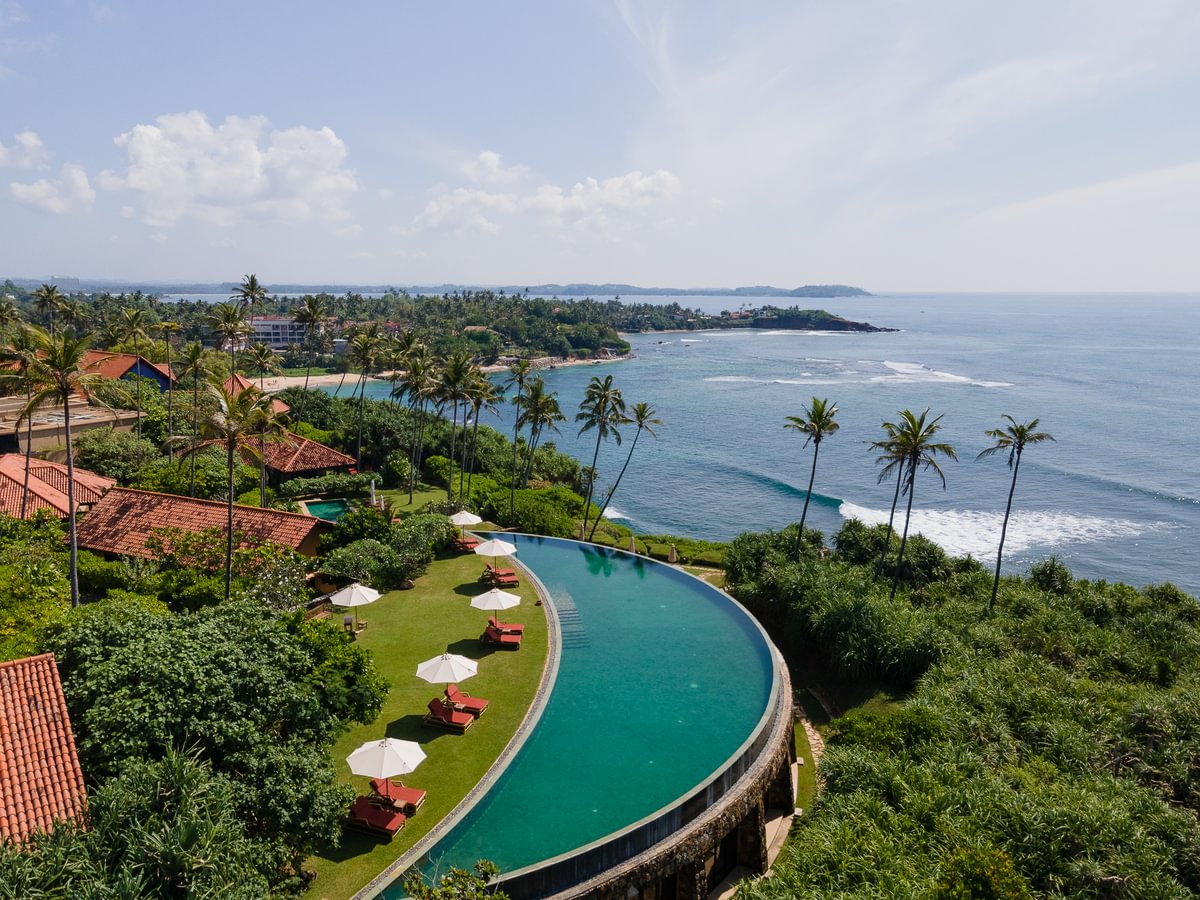
The focal point of the hotel is its crescent-shaped infinity pool, which curves along the edge of the cape; during the day it offers an incredible view of the ocean, while at night it reflects the starry sky. Be sure to try some traditional Sri Lankan treatments at the Sanctuary Spa; spicy clove, nutmeg scrubs, and massages with natural oils made to order.

Cape Weligama is a paradise for foodies, with its restaurant preparing gastronomic masterpieces from seasonal products; we particularly recommend the lobster or huge ocean crab in signature black pepper sauce. The service in the restaurant is also impeccable, thanks to the genuine hospitality of its all-local staff.

Of course, beautiful sunsets and relaxing holidays aren’t all that Cape Weligama has to offer. You can explore the underwater world, go fishing, book a private whale- and dolphin-watching cruise, or learn to surf and conquer the legendary waves of Weligama. If you want to go a little further, we recommend the snow-white "turtle" beach of Hikkaduwa, where one of Sri Lanka’s three marine reserves is located. Or, perhaps, rent a boat and set off to explore the bay, where the scent of cinnamon floats above the turquoise waves.

www.resplendentceylon.com/capeweligama/
Wild Coast Tented Lodge: the roar of leopards and the chatter of parrots
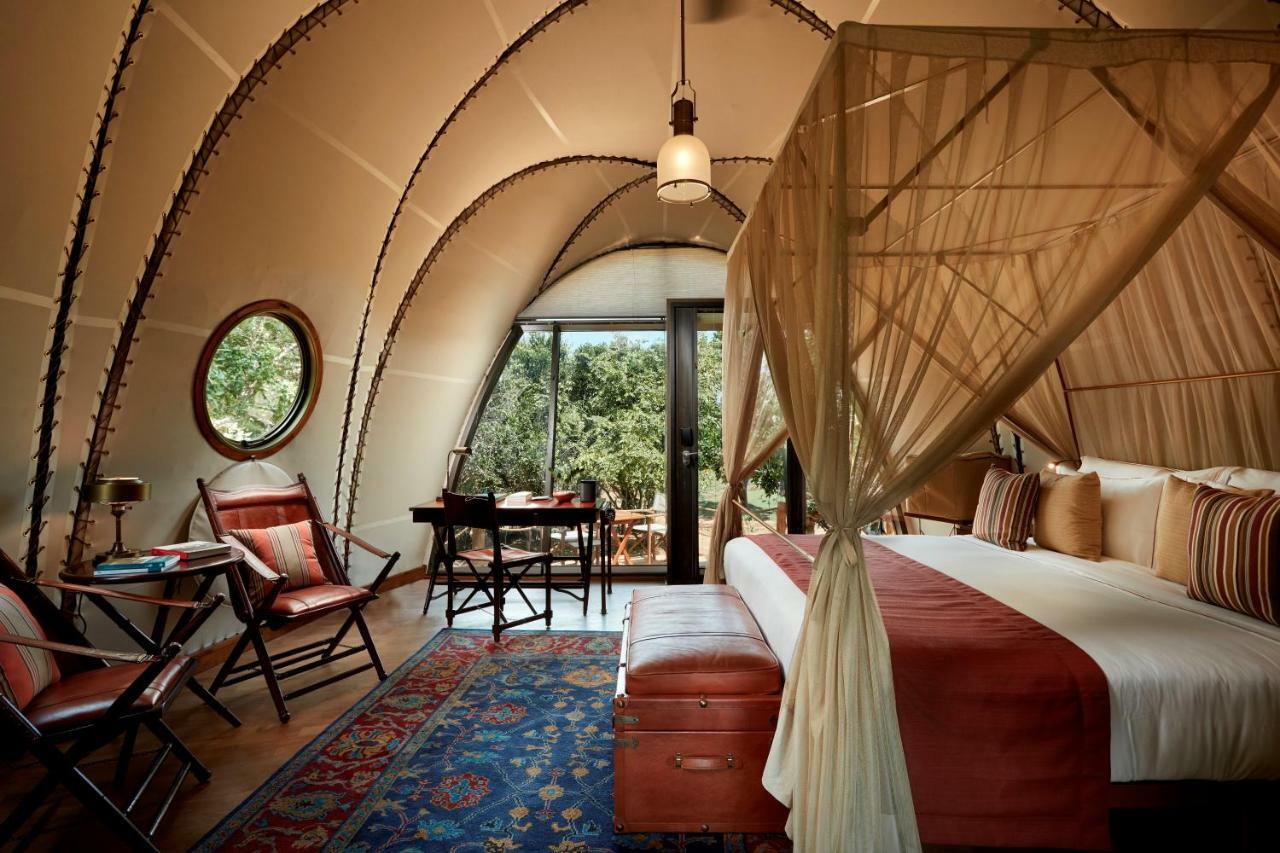
The Wild Coast Tented Lodge is one of the most beautiful hotels in Sri Lanka — and the closest to the famous Yala National Park, inhabited by the world's largest population of leopards, as well as elephants, crocodiles, wild boars, buffaloes, sloths, and dozens of bird species. They live in untouched nature among wild jungles and tropical flowers for you to see, and the Lodge offers the chance to take an unforgettable jeep safari through the reserve. Wildlife is closer than you think here, with monkeys stealing fruit from the kitchen, and elephants sticking their trunks through the fence.
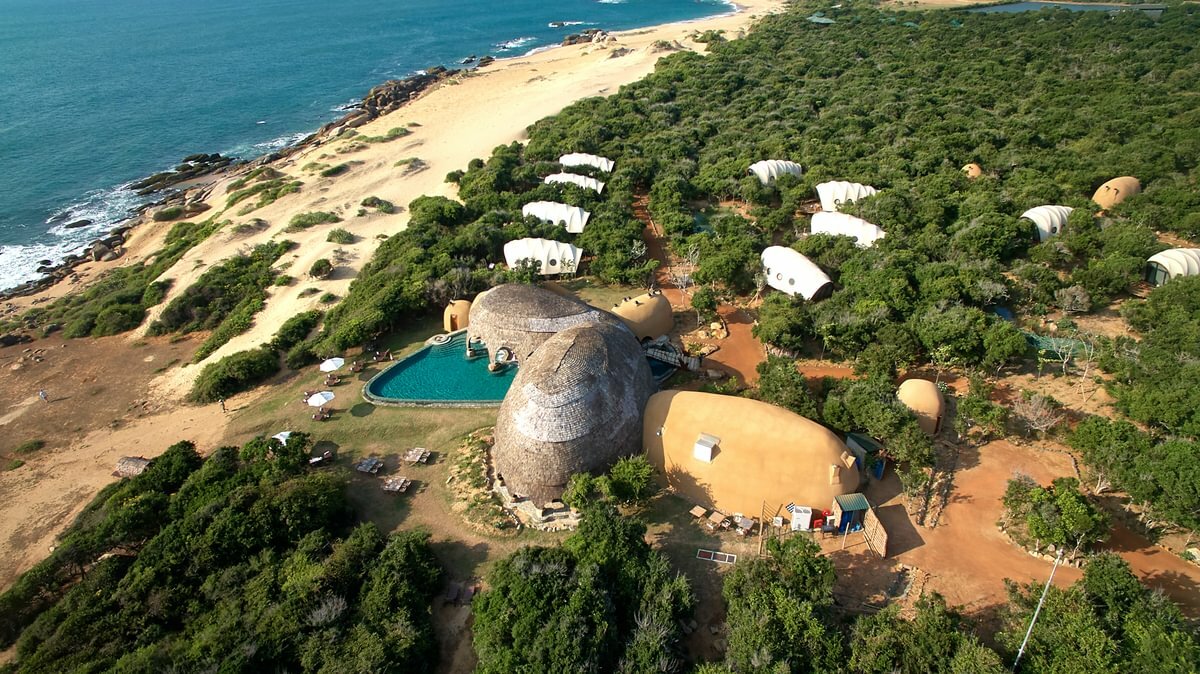
The unique design of the hotel — the joint brainchild of Dutch, English and Sri Lankan designers — is organically integrated into the surrounding nature. Only natural materials were used in its construction, and its bungalow tents look like huge boulders hidden among the greenery. Its elegant interiors hark back to the colonial age: four-poster beds, handmade copper bathtubs, and dark wood details.

After a day on safari, head to the spa for a signature treatment with Ceylon tea extract, or dine on traditional Sri Lankan dishes under the stars at the open-air bamboo restaurant, feeling the salty ocean breeze.
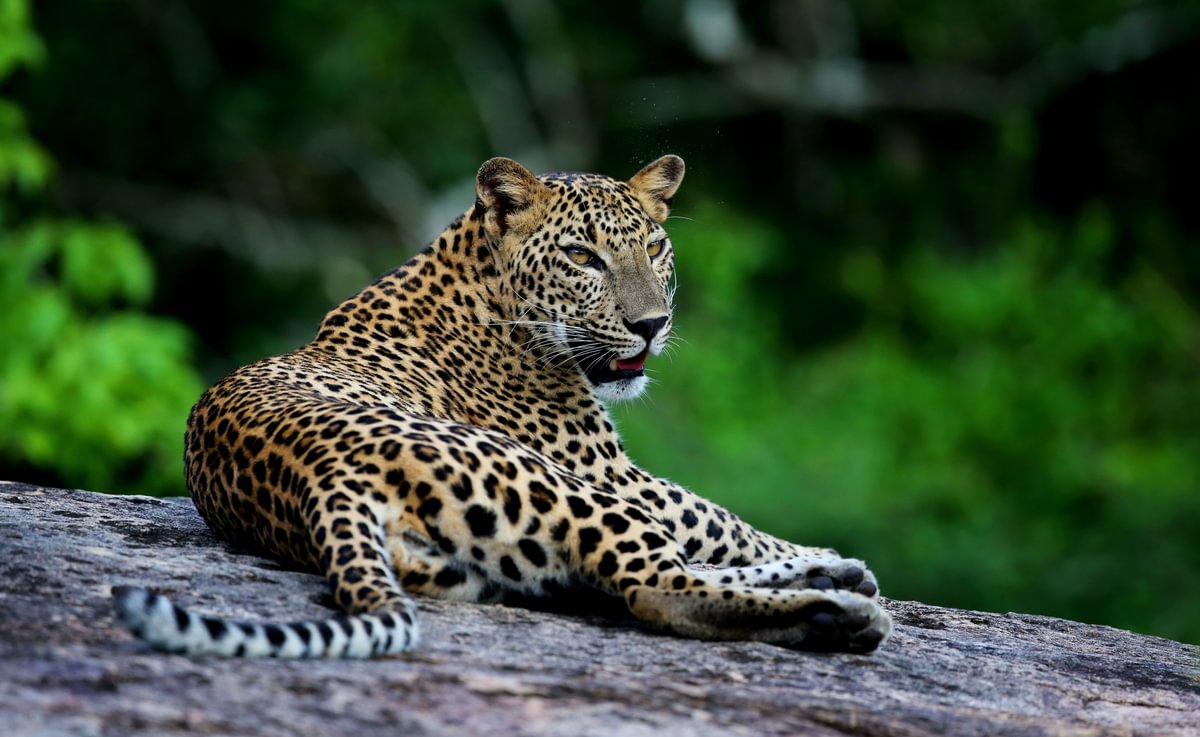
www.resplendentceylon.com/wildcoastlodge-yala/
What to see in Sri Lanka
We chose Exotic Holidays International as our guide and were not disappointed: the route they suggested saved us time, and we were able to see the island’s most interesting sights in a short space of time.
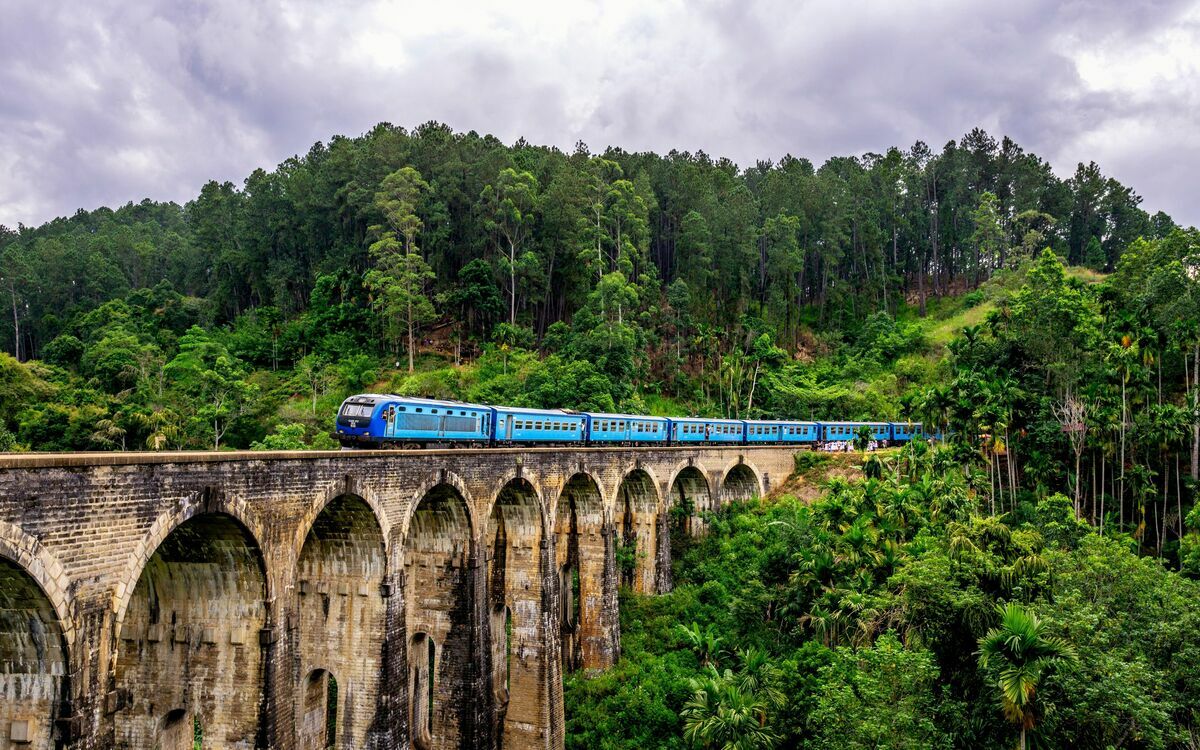
Founded in 2008, Exotic Holidays International Private Limited set out to be a leading tour operating firm in the field of tourism and hospitality. The company is a member of the Sri Lanka Association of Inbound Tour Operators (SLAITO).
Exotic Holidays International pride ourselves on our reputation and rely on it for our business. We have more than 70 qualified national tour guide lecturers speaking different languages working for us, and a variety of transportation from light vehicles to 52-seater buses. For further details, please visit our website.
If you take an experienced guide to accompany you, then you’re guaranteed an unforgettable trip. Sri Lanka is home not only to gorgeous beaches, but also to unique UNESCO World Heritage Sites which are not to be missed.
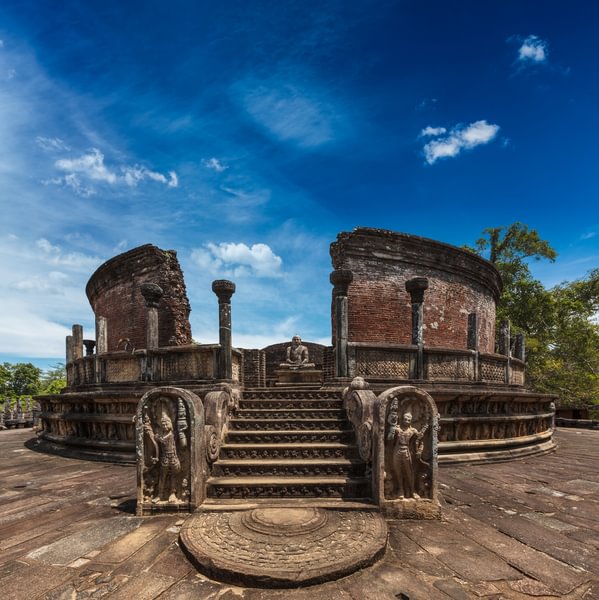
Our guide Janaka Dunusinghe, a local resident who speaks fluent Russian and English and enjoys Russian literature, told us all about the following sights while travelling with us around the island:
Anuradhapura – the capital city of Sri Lanka’s first kingdom, which was founded in the 4th century BC and continued up to the 11th century AD. It’s home to a wealth of ancient temples, palaces, and pagodas such as Ruwanwelisaya and Jethawanaramaya, built more than 2000 years ago and standing over 120m tall.
Polonnaruwa - Sri Lanka’s medieval capital, with well-preserved ancient buildings.
Sigiriya - a fortress built by King Kashyapa I in the 5th century. It was built atop a huge 300m-tall rock and houses the famous Sigiriya frescoes.
Dambulla Cave Temple - a huge natural cave that was converted into a temple in the 1st century BC. It consists of five caves full of different kinds of Buddha statues.
Kandy - the last capital of the Kingdom of Kandy. With the revered Temple of the Sacred Tooth Relic in the city centre, Kandy is considered the cultural capital of Sri Lanka,
Galle Fort - the largest European-built fortress in Asia. You can walk for hours, admiring architectural masterpieces of the 16th century, and popping into antique shops and museums.
Sinharaja Rain Forest - a tropical rainforest situated in the southwest of Sri Lanka. A biodiversity hotspot, some parts of the forest remain untouched by humans.
Horton Plains National park - a large area of flat land, with unique flora and fauna. It is situated 2300m above sea level.
Central Highlands - this World Heritage Site consists of three areas:
Knuckles Mountain Range - a rugged mountain region with unique biodiversity.
Peak Wilderness Sanctuary - a beautiful, wild nature reserve surrounding the famous Adam’s Peak.
On top of these sites, Sri Lanka is also home to the monasteries of Mihintale and Ritigala, both of which are awaiting World Heritage Site status.
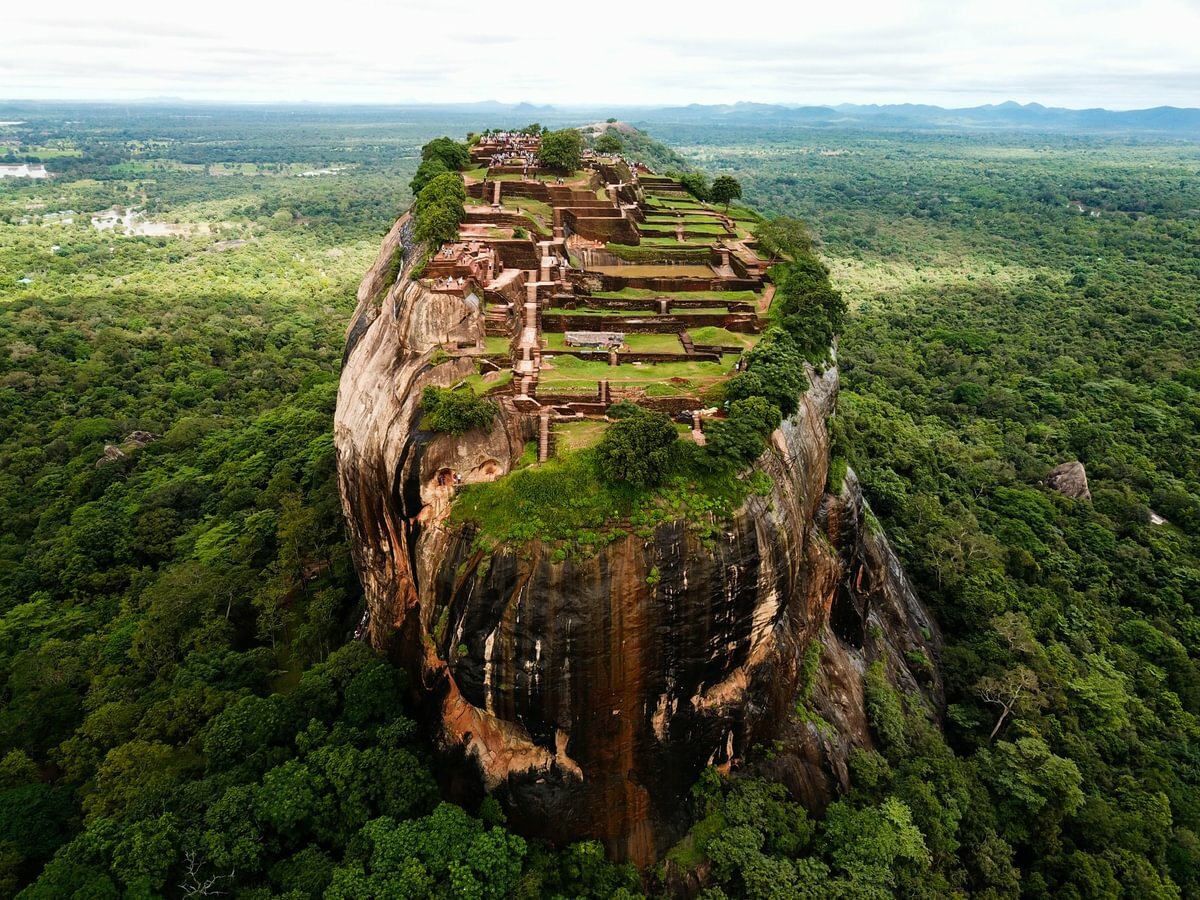
National parks in Sri Lanka
When it comes to wildlife, Sri Lanka is Asia’s top destination. The island has a whole 26 national parks open to visitors.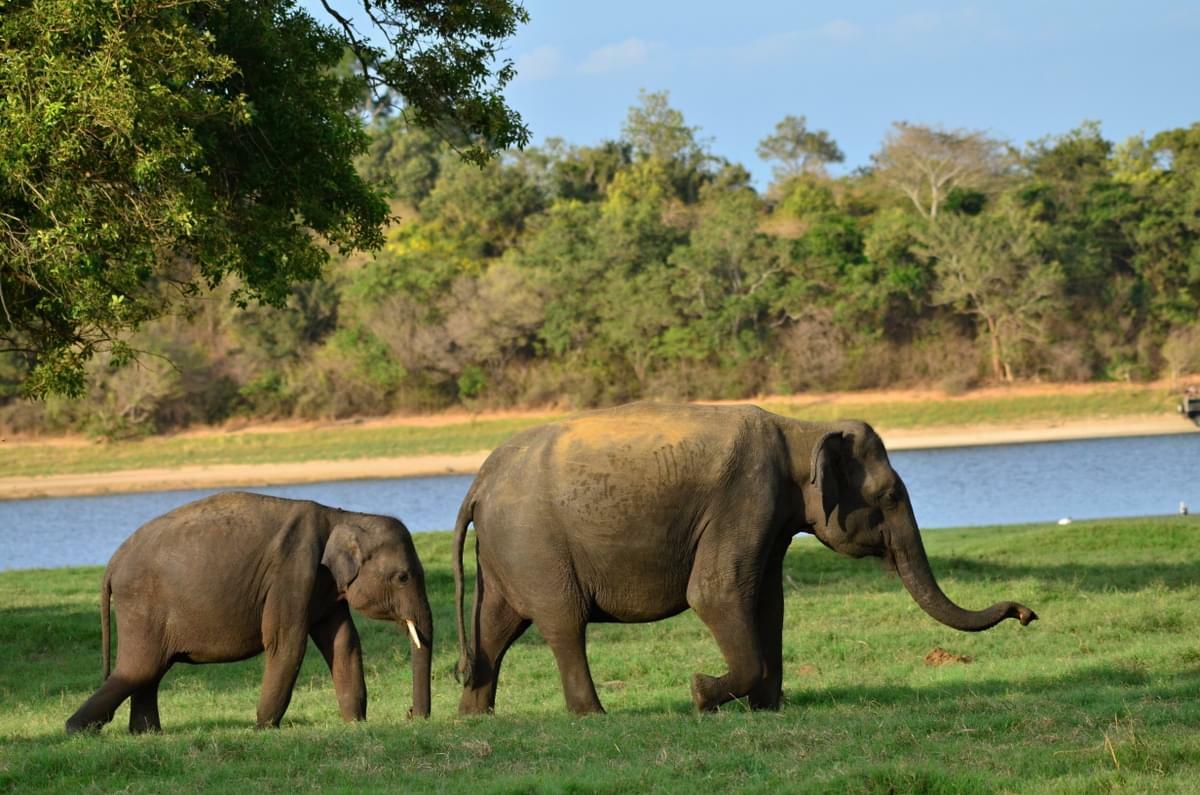
The national parks of Minneriya, Kaudulla, Udawalawe and Wasgamuwa are famous for their elephants; there are nearly 5000 wild elephants in Sri Lanka and 250 in captivity.
Bundala and Kumana national parks are renowned for their birdwatching opportunities.
Hikkaduwa and Pigeon Island offer the chance to see impressive coral reefs, and Pigeon island is actually Sri Lanka’s smallest national park.
Wilpattu is the country’s largest national park, measuring nearly 1300 sq km and famous for its leopards. It is nearly 1300 sq km.
Yala is Sri Lanka’s most famous national park. It’s home to a variety of wild animals and incredible biodiversity. Here, you can see leopards, southern bears, crocodiles, deer, peacocks, wild buffalos, elephants, and many more creatures. With over 70 of Sri Lanka’s 700-plus wild leopards located in Yala, it’s the best place in South Asia to see a leopard.
The total area covered by national parks in Sri Lanka is nearly 6000 sq km, while the total area covered by natural vegetation in the country is 12,500 sq km — nearly 30% of the land.
iPREMIUM’s must-visit recommendations:
